In a quantum engine, a single atom can emit radiation that bounces around a reflective cavity and creates enough pressure to push down a piston.
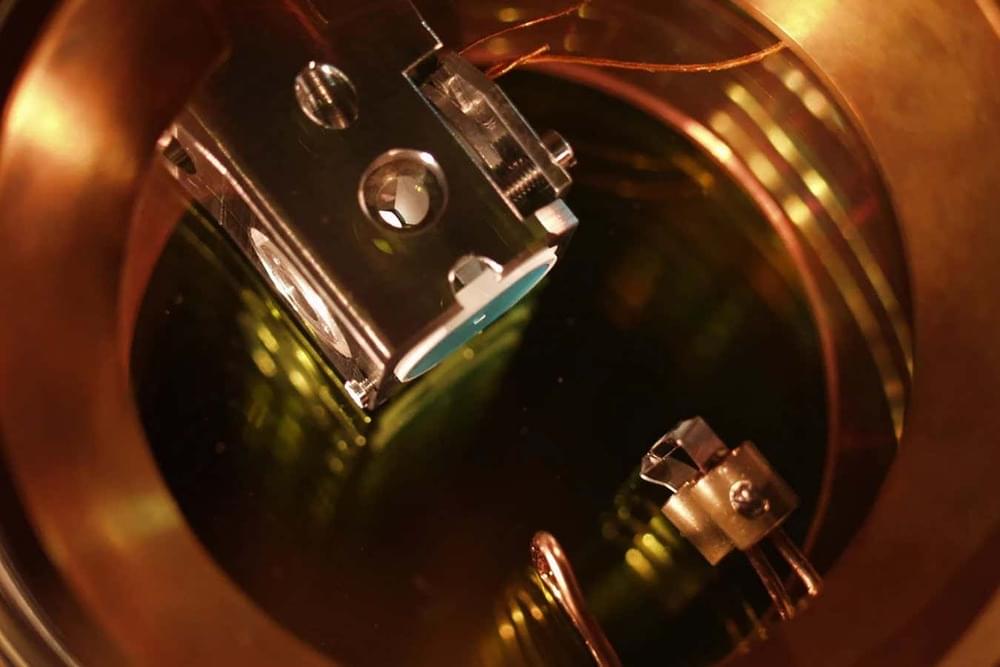

In a quantum engine, a single atom can emit radiation that bounces around a reflective cavity and creates enough pressure to push down a piston.
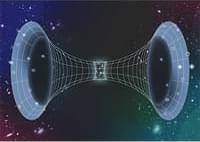
In the 1970s, physicists Bekenstein and Hawking used general relativity and quantum mechanics in curved spacetime to propose that black holes behave as thermodynamic objects. They found that black holes carry an entropy described by a remarkable formula that applies for any mass, charge, angular momentum, or spacetime dimension. Here, we use new results at the interface of quantum information theory and quantum gravity to address an outstanding challenge: how to explain the microscopic origin of this formula.
In quantum mechanics, entropy measures the logarithm of the dimension of the space of microstates consistent with the macroscopic description of a system. We show that, in any theory of gravity that reduces to general relativity with matter at low energies, there are infinite families of states that have geometries identical to the black hole outside the horizon but different structures inside. We show that these states overlap quantum mechanically because of gravitational wormholes. The overlaps have a dramatic consequence: The microstates span a space whose dimension equals the exponential of the Bekenstein-Hawking entropy formula.
This explanation of black-hole entropy does not require new forms of matter and involves a novel description of all black-hole microstates as quantum superpositions of objects having geometric semiclassical descriptions. Our results also imply a macroscopic manifestation of quantum mechanics in cosmic settings: We show that one can understand long Einstein-Rosen bridges between universes as quantum superpositions of short bridges.
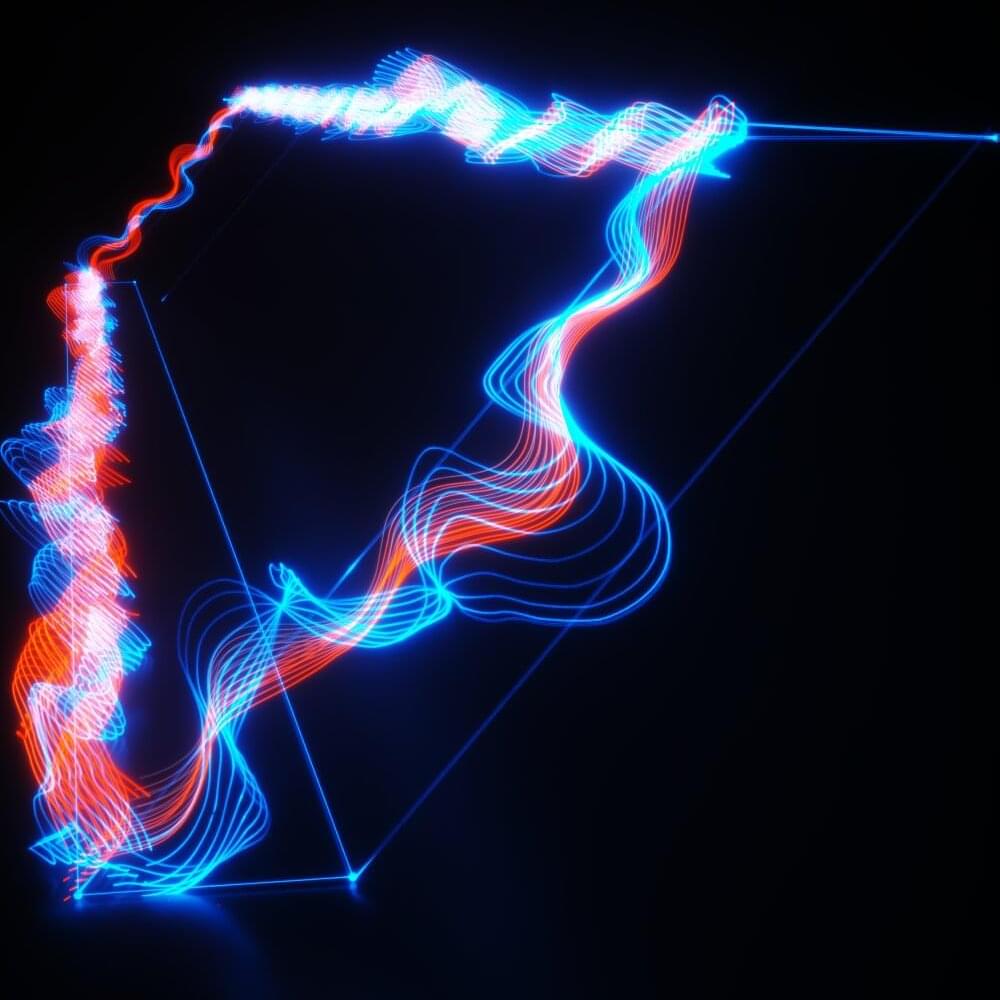
In a novel experiment, physicists have observed long range quantum coherence effects due to Aharonov-Bohm interference in a topological insulator-based device. This finding opens up a new realm of possibilities for the future development of topological quantum physics and engineering.
This finding could also affect the development of spin-based electronics, which may potentially replace some current electronic systems for higher energy efficiency and may provide new platforms to explore quantum information science.
The research, published in the February 20 issue of Nature Physics, is the culmination of more than 15 years of work at Princeton. It came about when Princeton scientists developed a quantum device —called a bismuth bromide (α-Bi4Br4) topological insulator—only a few nanometers thick and used it to investigate quantum coherence.
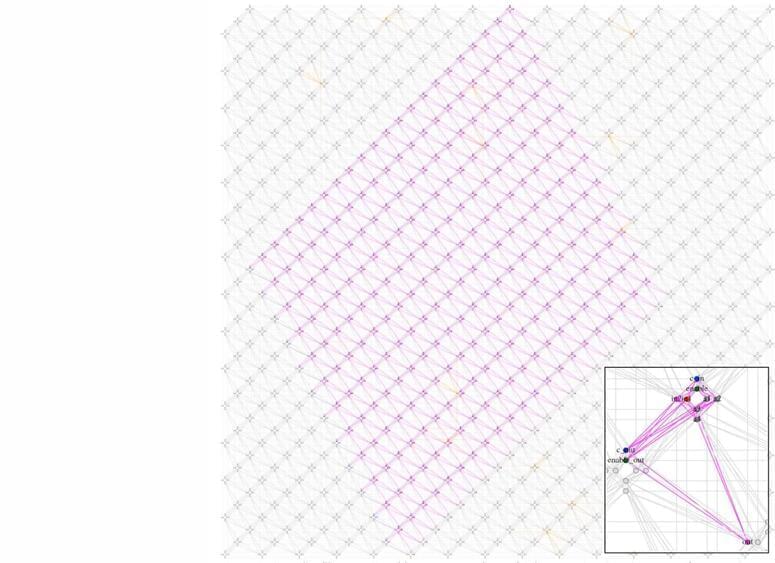
Researchers at the University of Trento, Italy, have developed a novel approach for prime factorization via quantum annealing, leveraging a compact modular encoding paradigm and enabling the factorization of large numbers using D-Wave quantum devices.
Prime factorization is the procedure of breaking down a number into its prime components. Every integer greater than one can be uniquely expressed as a product of prime numbers.
In cryptography, prime factorization holds particular importance due to its relevance to the security of encryption algorithms, such as the widely used RSA cryptosystem.
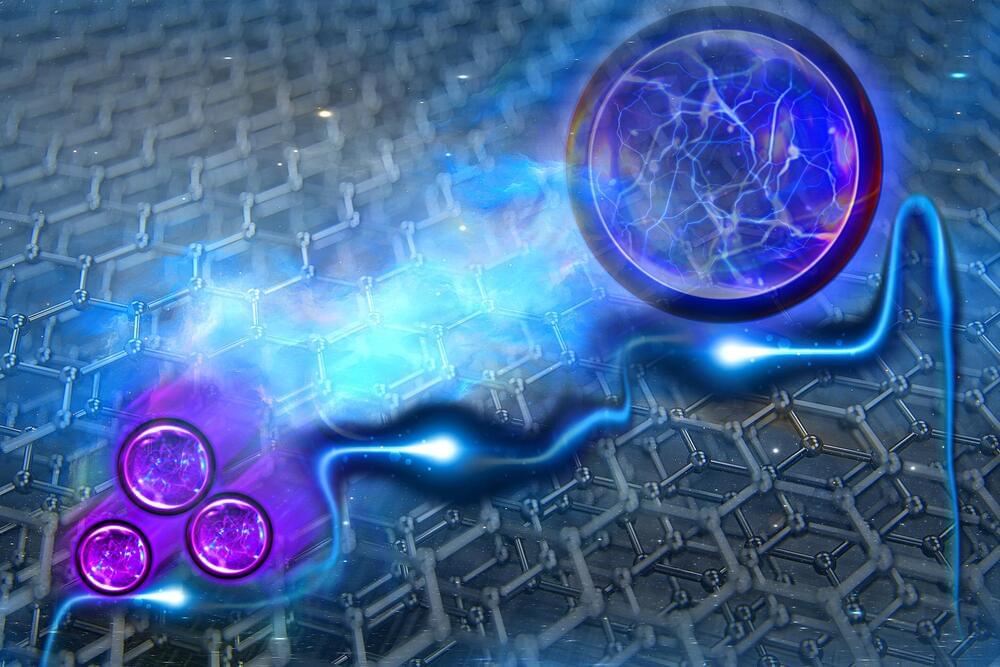
The electron is the basic unit of electricity, as it carries a single negative charge. This is what we’re taught in high school physics, and it is overwhelmingly the case in most materials in nature.
But in very special states of matter, electrons can splinter into fractions of their whole. This phenomenon, known as “fractional charge,” is exceedingly rare, and if it can be corralled and controlled, the exotic electronic state could help to build resilient, fault-tolerant quantum computers.
To date, this effect, known to physicists as the “fractional quantum Hall effect,” has been observed a handful of times, and mostly under very high, carefully maintained magnetic fields. Only recently have scientists seen the effect in a material that did not require such powerful magnetic manipulation.
Explore the fascinating world of Artificial Intelligence (AI) in this insightful video from Code Institute’s Programme Director, Brian O’Grady, as he delves into the realms of Narrow AI, General AI, and the intriguing concept of Artificial Superintelligence. Discover the evolution of AI from narrow applications like chatbots and image recognition to the broader capabilities of General AI, which mimics human cognitive functions across multiple domains. Join us in understanding the theoretical challenges and possibilities presented by General AI, including its potential to transcend human limitations. The spotlight is on ChatGPT, a language transformer that steps into the realm of General AI, showcasing its ability to synthesize knowledge across various domains and navigate the ambiguity of human language. Dive into the discussion on the probabilities and learning processes associated with language models, bringing us closer to the realm of true AI. The video also touches on the theoretical concept of Artificial Superintelligence, a level of AI that surpasses human intelligence across all aspects. While we may be far from achieving this level of AI, the ongoing advancements in technologies like quantum computing suggest an exciting future. Join us on this journey through the AI landscape, understanding the present and envisioning the possibilities that lie ahead.
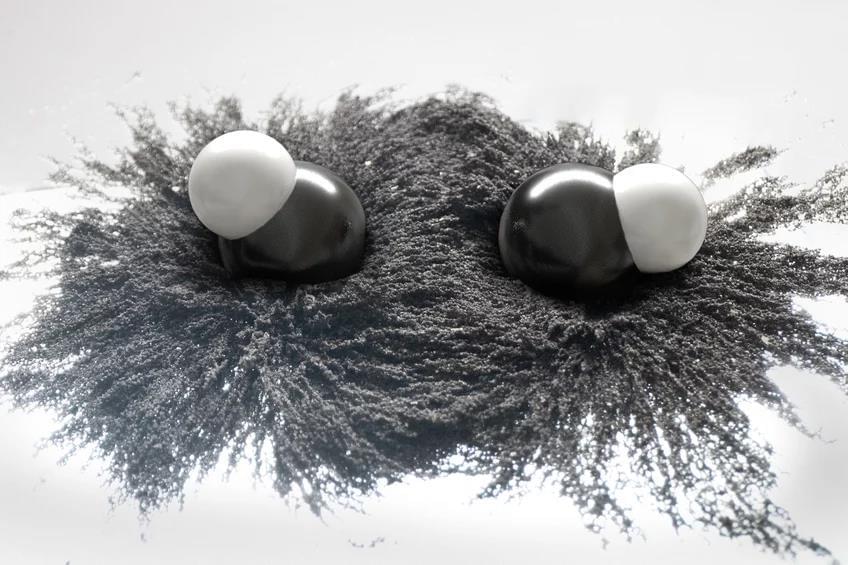

A collaborative study conducted by Prof. Zhao Jin, Associate Prof. Zheng Qijing from the University of Science and Technology of China (USTC), and Prof. Hrvoje Petek from the University of Pittsburgh, has revealed the mechanisms behind the transition of bright-dark excitons in anatase TiO2. Their findings have been published in Proceedings of the National Academy of Sciences.
Understanding Excitons
Excitons, quasi-particles formed by the binding of electrons and holes in condensed matter systems via Coulomb interaction, exhibit distinct properties as bright and dark excitons. While bright excitons directly couple with light and play a pivotal role in light absorption, dark excitons, with their relatively longer lifetimes, hold significance in quantum information processing, Bose-Einstein condensation, and light-energy harvesting.

Entanglement is a phenomenon in quantum physics where two or more systems become interconnected in a manner that makes it impossible to describe their quantum states separately. When systems interact and become entangled, they exhibit strong correlations. This concept is crucial for quantum computing, as the degree of entanglement directly influences the optimization and efficiency of a quantum computer. The more entangled the systems are, the better the performance of the quantum computer.
A study conducted by researchers affiliated with the Department of Physics at São Paulo State University’s Institute of Geosciences and Exact Sciences (IGCE-UNESP) in Rio Claro, Brazil, tested a novel method of quantifying entanglement and the conditions for its maximization. Applications include optimizing the construction of a quantum computer.
An article on the study is published as a Letter in Physical Review B.
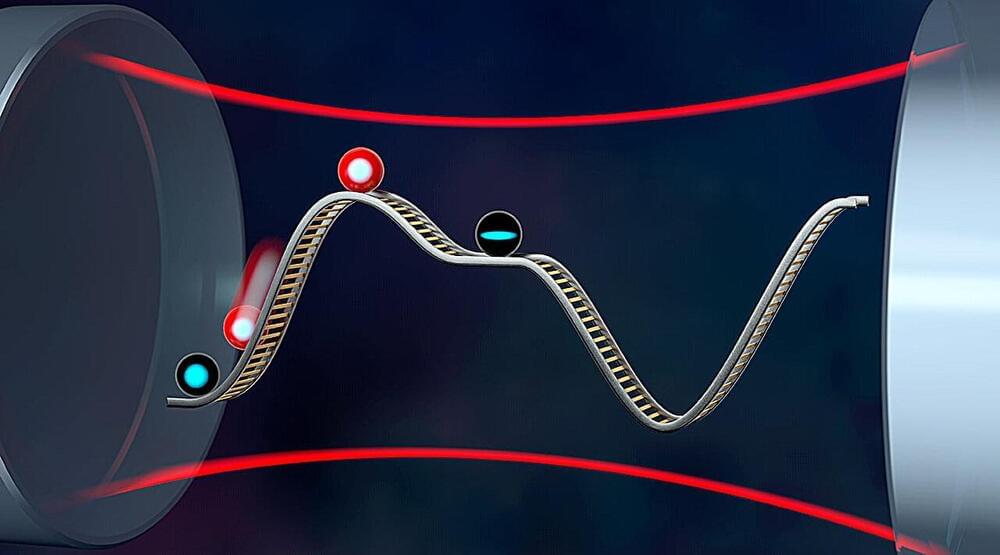
While atomic clocks are already the most precise timekeeping devices in the universe, physicists are working hard to improve their accuracy even further. One way is by leveraging spin-squeezed states in clock atoms.
Spin-squeezed states are entangled states in which particles in the system conspire to cancel their intrinsic quantum noise. These states, therefore, offer great opportunities for quantum-enhanced metrology since they allow for more precise measurements. Yet, spin-squeezed states in the desired optical transitions with little outside noise have been hard to prepare and maintain.
One particular way to generate a spin-squeezed state, or squeezing, is by placing the clock atoms into an optical cavity, a set of mirrors where light can bounce back and forth many times. In the cavity, atoms can synchronize their photon emissions and emit a burst of light far brighter than from any one atom alone, a phenomenon referred to as superradiance. Depending on how superradiance is used, it can lead to entanglement, or alternatively, it can instead disrupt the desired quantum state.